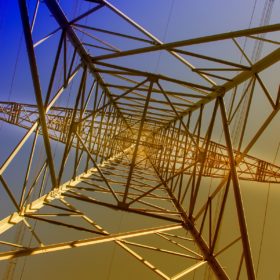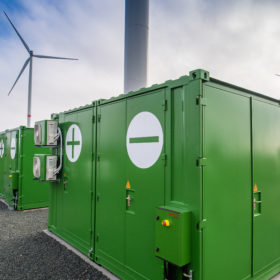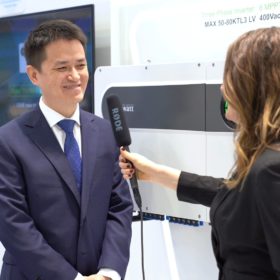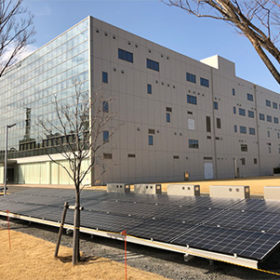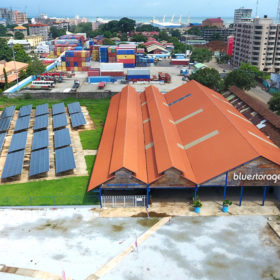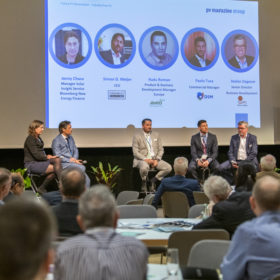Solar, storage and wind can keep us on track as far as 2030
This year’s New Energy Outlook report by Bloomberg New Energy Finance predicts renewables can keep us on track for less than two degrees of global heating for the next decade. But after that, other technologies will have to do their bit.
Northvolt secures $1bn for battery gigafactory in Sweden
Initially, the company will construct a 16 GWh factory plus a joint venture fab with Volkswagen in Germany, which will also have a throughput of 16 GWh. Both factories could be extended to tap further into the large market for battery cells in Europe.
PV industry calls for clarity on UK government’s 2050 emissions target
Representatives of the UK solar industry have praised prime minister Theresa May’s plan to amend the 2008 Climate Change Act with a 2050 net zero emissions target while urging the government to articulate how it will achieve its goal. In particular, the industry has pointed to the need to eliminate barriers that continue to hinder deployment of solar and battery storage systems.
India’s lithium gigafactory ambition raised to 50 GW, tender likely soon
The government is considering financial incentives such as import and export duty waivers to woo battery manufacturers to set up a globally competitive manufacturing base in India.
Green hydrogen airs at G20 meeting of energy ministers this week
Hello hydrogen! A number of factors are floating renewably powered hydrogen to the top of the agenda for worldwide energy ministers. Australia is among the countries most favourably placed to turn hydrogen hype into the biggest source of decarbonized energy the world has yet seen.
Indian state of Telangana pitches for 5 GW lithium-ion battery plant
Following the launch of the Indian government’s 40 GW battery production plan for the states, Telangana has pitched for a 5 GW lithium ion plant by announcing the ready availability of 200 acres of land plus power and water for the fab at a concessional rate.
Video interview with Growatt co-founder Qiao: ‘We expect 500 MW shipments in Europe alone’
That goal could easily be achieved judging by the company’s first-quarter results, Qiao said during an interview with pv magazine at Intersolar Europe. He also pronounced himself happy with Growatt’s performance in TÜV testing and with progress in the hybrid inverter segment.
Kyocera, BYD to cooperate on e-bus charging demand aggregation
The Japanese government has issued a policy to reduce 80% of vehicle-related emissions, but high-power charging facilities for e-buses should also be aligned with distributed PV generation. Kyocera is now optimizing its virtual power plant technologies for this use case.
Blue Solutions on why it’s betting on solid-state batteries
While market experts suggest solid-state battery technology will not play a significant role in the storage industry until 2025, one company may be leading the race. Blue Solutions, electrical energy storage award winner at The smarter E Europe in Munich, Germany, says it has developed the only commercialized solid-state lithium battery. pv magazine caught up with the company around the European trade show to discuss its award-winning technology and unique position in the market.
Video: Future PV Roundtable looks into subsidy free PV
At the Smarter E Europe, held in Munich this month, pv magazine hosted another Future PV Roundtable to discuss the possibilities of subsidy free solar projects. In all market segments solutions are at hand and representatives across the industry shared their insights with us.
